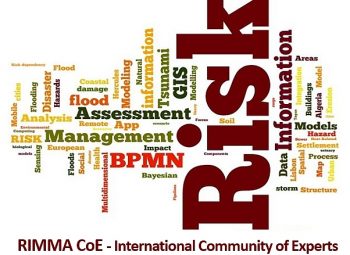Semantic Interoperability in Disaster Risk Reduction
The interoperability of local/national data and especially in the rapidly growing fields of cross-border / international data generation and use is mainly based on common models of syntax, semantics and pragmatics (processes, use, workflows etc.).
A common understanding of model details is basic for implementations that are guided by appropriate quality measures for achieving the intended cross-component homogeneity, avoidance of ambiguities and broad use in different scenarios.
The papers listed are suggested for reading, studying, planning and implementing state-of-the-art, while, of course, larger parts of interoperable components for operational multi-stakeholder practice would also need to make suggestions for suitable stages of strategies as well as for continuing multi-stakeholder governance.
Halekotte, Lukas; Mentges, Andrea; Lichte, Daniel:
Do we practice what we preach? The dissonance between resilience understanding and measurement.
International Journal of Disaster Risk Reduction 118 (2025) 105265,
Elsevier, ISSN 2212-4209
https://doi.org/10.1016/j.ijdrr.2025.105265
Rabitti, Giovanni et al.: A taxonomy of cyber risk taxonomies.
Risk Analysis 45 (2025) (2) 265-472,
Wiley, ISSN 0272-4332
https://onlinelibrary.wiley.com/doi/10.1111/risa.16629
Flage, Roger; Aven, Terje; Glette-Iversen, Ingrid:
On the use of the term “real risk”.
Risk Analysis 45 (2025) (1) 214 – 222,
Wiley, ISSN 0272-4332
https://doi.org/10.1111/risa.15073
Willms, Christian et al.:
Team communication processing and process analytics for supporting robot-assisted emergency response.
Proceedings of 2019 IEEE International Symposium on Safety, Security, and Rescue Robotics (SSRR-2019), Würzburg, Germany
(2019) 216-221, IEEE, ISBN 978-1-7281-0778-3
https://ieeexplore.ieee.org/document/8848976
